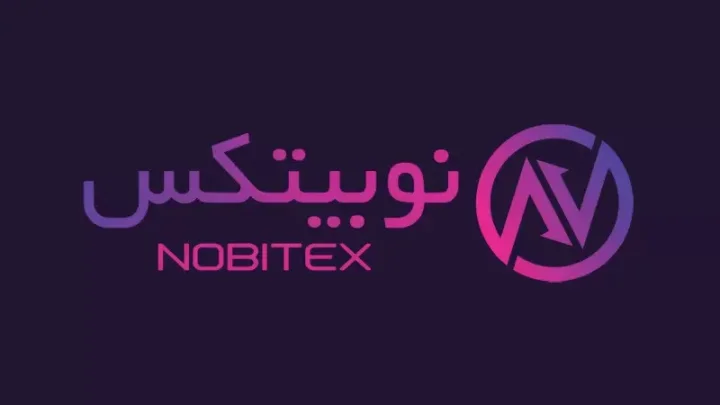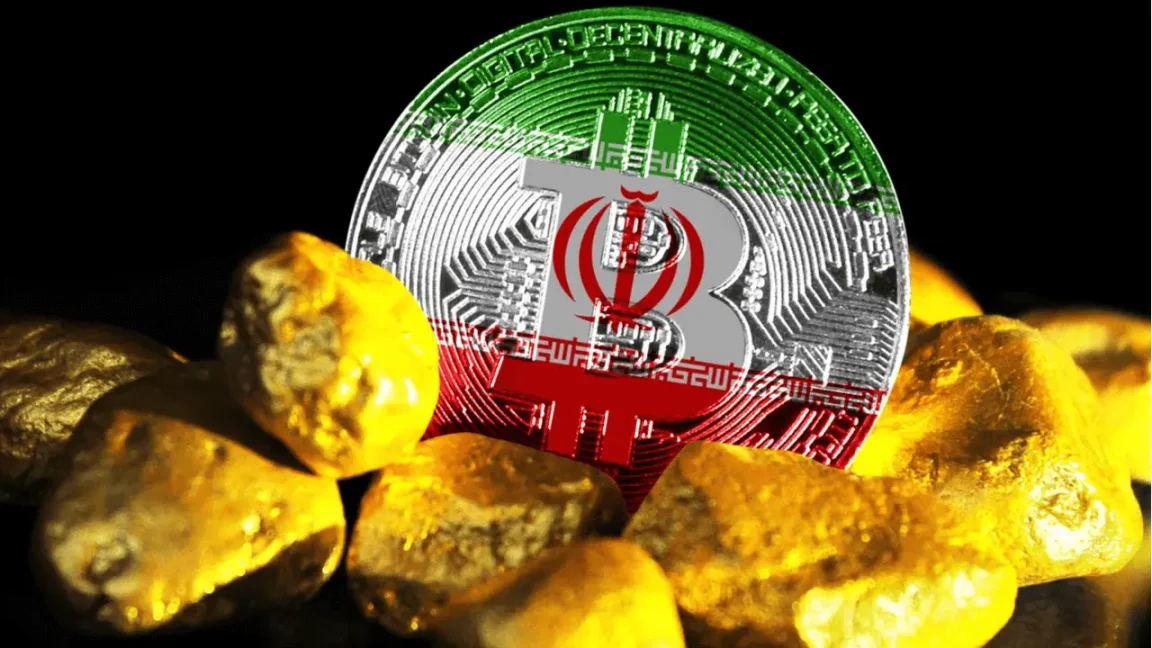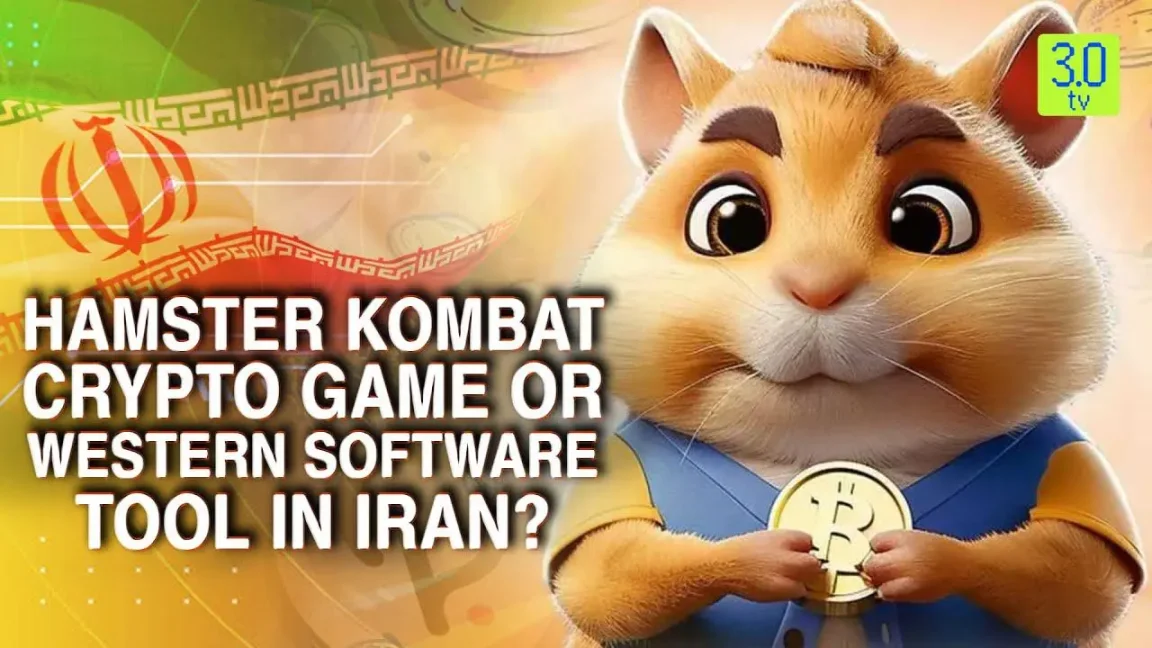In the context of the Iranian government significantly restricting internet access and speed, with network interruptions occurring in several regions, the development prospects of the cryptocurrency market may no longer matter to ordinary citizens compared to the harsh realities of war and national survival.
Written by: Zen, PANews
The conflict between Iran and Israel has spread into the cryptocurrency sector.
On June 18, 2025, Nobitex, Iran's largest cryptocurrency exchange, suffered a shocking cyberattack. A hacker group calling itself "Predatory Sparrow," which is pro-Israel, breached Nobitex's systems and "devastatingly" stole nearly $90 million in assets. The group claimed that Nobitex assisted the Iranian government in circumventing international sanctions and funding "terrorism," transferring the stolen funds to accounts with anti-Iranian messages.
The hackers also posted a warning on X, stating: "These cyberattacks are due to Nobitex becoming a significant tool for the Iranian regime to fund terrorism and violate sanctions. Collaborating with the infrastructure that supports the Iranian regime's funding of terrorism and sanction violations will put your assets at risk."
This shocking hacking incident not only brought Iran's vast cryptocurrency market to public attention but also made people realize that this country, the only one in the world that has fully implemented Islamic theocracy, is also deeply intertwined with the cryptocurrency industry.
Motivation: Funding Channels Under Sanctions
Iran's cryptocurrency market has developed over many years, with its interest in cryptocurrencies primarily stemming from economic and geopolitical pressures. Due to severe sanctions imposed by countries like the United States, Iran's conventional financial channels are restricted, hindering international trade and capital transfers. In this context, cryptocurrencies are seen as an alternative means.
The Arab Peninsula Report Agency analyzes that the country's economic situation is also a significant driver of cryptocurrency market development. Iran has long faced high inflation and currency devaluation pressures, with its currency, the rial, continuously weakening. The volatility of the Iranian stock market has forced many savers to invest in cryptocurrencies to hedge against risks. For ordinary Iranians, cryptocurrencies are viewed as a tool for preserving value and diversifying assets, especially during economic turmoil.
According to an analysis report by blockchain security company TRM Labs, the total amount of cryptocurrency flowing into major exchanges in Iran in 2022 was nearly $3 billion, with Nobitex, which was attacked by Israeli hackers, being the largest trading platform in the country, holding about 87% market share. Other major platforms include Wallex, Excoino, Aban Tether, and Bit24. These local exchanges must operate under the permission of regulatory authorities and comply with anti-money laundering (AML) and know your customer (KYC) regulations.

Additionally, Reuters has reported that the vast majority of domestic cryptocurrency transactions in Iran are connected to international markets through Nobitex or similar exchanges. According to data from blockchain research firm Chainalysis, from 2018 to the end of 2022, Binance processed $8 billion worth of Iranian transactions, with Nobitex handling $7.8 billion worth of transactions. Nobitex also encouraged customers to use Tron tokens for anonymous transactions in a blog post published in 2021, to avoid "endangering asset safety due to sanctions."
In addition to cryptocurrency assets, the Iranian government has also made strides in blockchain technology development in recent years. The most representative projects are two government-supported blockchain initiatives: Kuknos and Borna. The Kuknos network was launched in 2019 by four major Iranian banks (such as Melli Bank and Pasargad Bank) in collaboration with technology company Tosan, with its native token PayMon (PMN) used for internal settlements within the banking system. At the same time, the Central Bank of Iran collaborated with blockchain company Areatak to develop the Borna platform, based on technologies like Hyperledger Fabric, to provide blockchain-supported application frameworks for financial institutions. This indicates that the Iranian government also hopes to use blockchain technology to enhance the efficiency and transparency of its financial system.
Moreover, Iran and Russia are reportedly planning to launch a gold-backed cross-border stablecoin for trade settlements between the two countries and to evade financial sanctions. There have also been reports that the Central Bank of Iran is researching the launch of its own central bank digital currency, the "crypto rial," and has planned to connect it with the clearing systems of countries like the UAE.
Thanks to Iran's rich energy resources, the country recognized cryptocurrency mining as a legitimate industry in 2018. By 2021, Iran accounted for about 4.5% of the global Bitcoin hash rate, producing nearly $1 billion worth of Bitcoin annually for import trade and to mitigate the impact of sanctions. The Iranian government welcomed this, implementing favorable electricity pricing policies for cryptocurrency mining operations.
However, due to the burden on the power grid from high energy subsidies and regulatory requirements mandating miners to surrender mined Bitcoin to the central bank, many mining operations chose to go underground or operate in circumvention of regulations. The Arab Gulf Business Insights (AGBI) estimates that by 2024, Iran's share of the global Bitcoin hash rate will have dropped to about 3.1%.
Policy: From Openness to Tightening, Enforcing a Cryptocurrency Trading Curfew
The Iranian government's attitude towards cryptocurrencies has fluctuated, showing a trajectory from early openness to gradually tightening regulation.
Since 2018, Iran has officially recognized the cryptocurrency mining industry as a legitimate sector to regulate the already prevalent mining operations. The government introduced measures requiring licensed miners to use efficient equipment and only allowed them to sell mined assets to the central bank at a set price while paying electricity fees at export rates. Low electricity prices attracted overseas miners, including those from China, to invest in mining in Iran.
The "Roadside Mining Pool," which briefly ranked among the top five in global hash rates in 2020, is a representative example of Chinese miners striking gold in Iran. PANews exclusively interviewed a partner from this mining pool, who, through their local connections, acquired thousands of mining machines from miners who had never established channels in Iran at scrap prices and established the largest compliant mining operation in Iran.

However, this "energy-for-coin" model quickly exacerbated electricity shortages. In May 2021, after experiencing an unprecedented summer blackout, President Hassan Rouhani announced a four-month temporary ban on all cryptocurrency mining activities until late September of that year to alleviate the power grid load. Official data indicated that licensed mining operations consumed about 300 million kilowatt-hours, while unlicensed illegal mining operations consumed as much as 2 billion kilowatt-hours, severely impacting residential electricity supply. Subsequently, during summer peak electricity usage, the government has periodically shut down some mining operations to ensure electricity supply for residential use.
In terms of trading regulation, the Central Bank of Iran prohibited individuals from using foreign-mined digital currencies for transactions within the country as early as 2020, strengthening control over the circulation of cryptocurrencies. After 2022, Iranian regulatory authorities intensified restrictions on cryptocurrency advertising and mining machine sales. In December 2024, the Iranian government ordered a ban on promoting cryptocurrency mining machines and related training courses online, requiring major e-commerce platforms to remove related advertisements. In the same month, the energy regulatory authority also stated that it would hold illegal mining operations legally accountable.
These measures also require compliant mining operations to only run when electricity supply is sufficient, prohibiting electricity use during non-peak periods. It is evident that as the issues of electricity consumption and safety caused by the proliferation of mining machines became more pronounced, the government imposed stricter regulations on the mining industry. By the end of 2024, regulatory focus shifted to cryptocurrency trading itself. In December 2024, the Central Bank of Iran introduced new regulations aimed at blocking cryptocurrency-to- rial exchange transactions on domestic websites. In January 2025, it launched a government-designated trading interface (API), requiring all domestic exchanges to connect to the regulatory system through this channel to facilitate monitoring of user identity information and capital flows.
In February 2025, the Iranian government even announced a ban on publishing cryptocurrency advertisements on any occasion and platform. Following the Nobitex hacking incident in June, the Central Bank of Iran further tightened control over cryptocurrency trading: according to analysis firm Chainalysis, the Iranian government stipulated that domestic cryptocurrency platforms could only operate between 10 AM and 8 PM daily (the so-called "cryptocurrency trading curfew") to enhance regulatory efficiency and limit capital outflow. Various restrictive measures have emerged, reflecting the authorities' balancing act between promoting innovation and maintaining financial security.
Interpretation: Cryptocurrency and Islamic Doctrine
As an Islamic Republic, Iran must also consider the norms of Islamic law (Sharia) when promoting the development of cryptocurrencies. Islamic doctrine strictly prohibits all forms of usury (Riba) and gambling (Gharar), and cryptocurrency trading, due to its volatility and speculative nature, has been questioned by some conservatives.
Iran's Supreme Leader Khamenei has taken a relatively open stance on this issue. In 2021, he explicitly stated that the buying, selling, and production of cryptocurrencies "must comply with the laws and regulations of the Islamic Republic of Iran" and are not automatically considered contrary to Islamic doctrine. In other words, as long as the government permits it, properly conducted digital currency trading is not "illegal." Additionally, Khamenei has called on the religious community to provide opinions on new social issues, including cryptocurrencies, to keep Islamic law up to date.
However, opinions among different religious scholars are not entirely consistent. Prominent Shia Grand Ayatollah Makarem Shirazi holds a cautious position. He believes that cryptocurrencies like Bitcoin have "many uncertainties," such as a lack of government backing and susceptibility to abuse, and therefore their trading does not meet the requirements of Islamic law. Other religious leaders (such as Sistani) have urged followers to adhere to interpretations of Islamic law from more qualified scholars in cases of legal ambiguity.
Although the Iranian government does not explicitly regard cryptocurrencies as a religious taboo, it emphasizes that operations must be conducted within the framework of national laws and regulations to avoid excessive speculative behavior. This position somewhat balances the contradictions between Islamic doctrine and modern economic practices.
Amid multiple economic uncertainties, cryptocurrency assets continue to attract the attention of many young Iranians and technology professionals. Analysis from CCTV indicates that with the development of information technology, the proliferation of smartphones, and the gradual opening of Iran's external communications, the barriers for ordinary citizens to participate in digital currency trading are lowering.
A typical case is the summer of 2024 when the point-earning game "Hamster Kombat" on Telegram became popular in Iran, leading to criticism from officials. At that time, the spokesperson for Iran's National Cyber Space Center, Hossein Delirian, issued a warning, stating that he had read a large number of discussions among Iranian users in many supergroups and claimed that using games for cryptocurrency mining had become a breeding ground for hacker crimes.

This controversy also drew the attention of the religious community, with prominent Shia scholar Ayatollah Nasser Makarem Shirazi describing cryptocurrencies as "the root of many ills" and urging people to avoid playing games like Hamster Kombat that involve Bitcoin.
Participating in the cryptocurrency market also comes with risks. The Arab Peninsula Report indicates that the low level of cryptocurrency knowledge in Iran has set traps for criminals: fraud cases are rampant, and many investors suffer significant losses due to blindly following trends. Anonymous transactions in the black market also pose challenges for regulation. Coupled with the inherent volatility of the market and a lack of mature legal protections, some Iranian families hold a cautious or even wait-and-see attitude towards such assets.
Overall, although cryptocurrencies are gradually being more widely accepted in Iran, discussions surrounding their legality, safety, and morality continue. Today, against the backdrop of the Iranian government significantly restricting internet access and speed, with network interruptions occurring in several regions, the development prospects of the cryptocurrency market may no longer matter to ordinary citizens compared to the harsh realities of war and national survival.
免责声明:本文章仅代表作者个人观点,不代表本平台的立场和观点。本文章仅供信息分享,不构成对任何人的任何投资建议。用户与作者之间的任何争议,与本平台无关。如网页中刊载的文章或图片涉及侵权,请提供相关的权利证明和身份证明发送邮件到support@aicoin.com,本平台相关工作人员将会进行核查。




